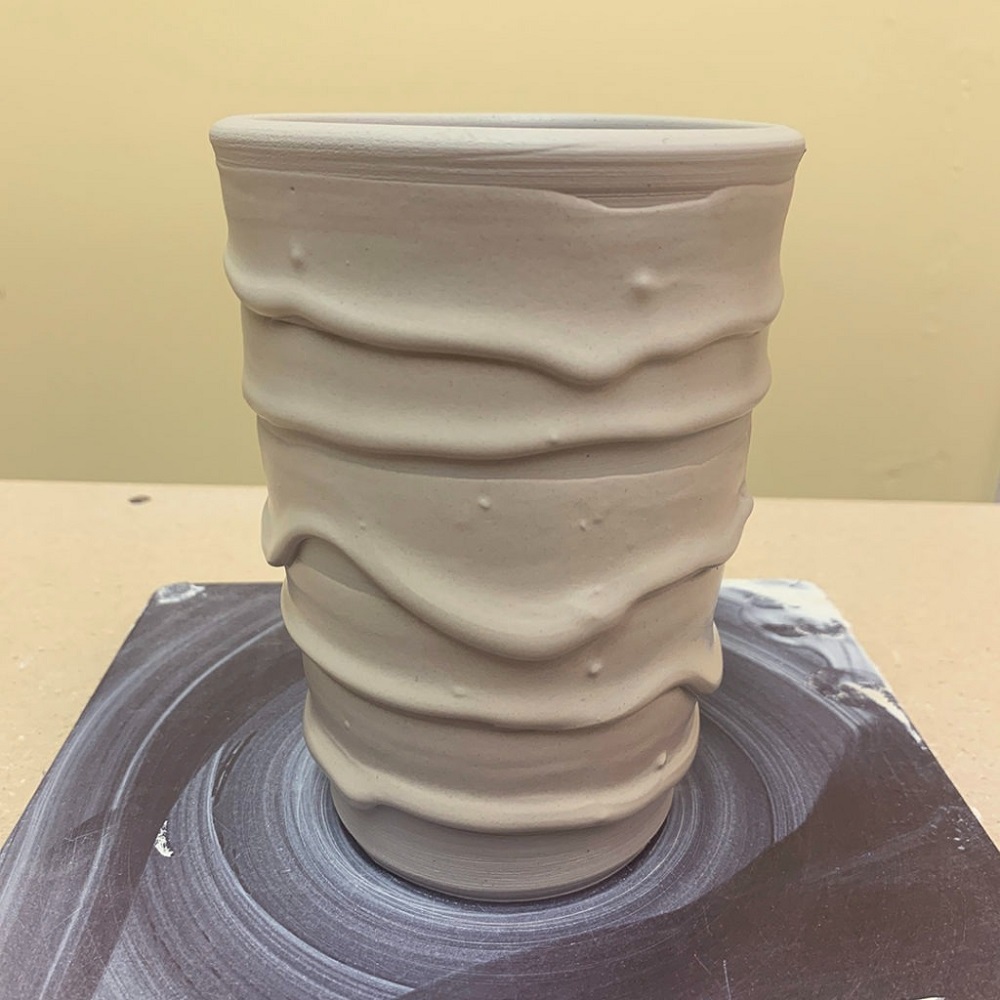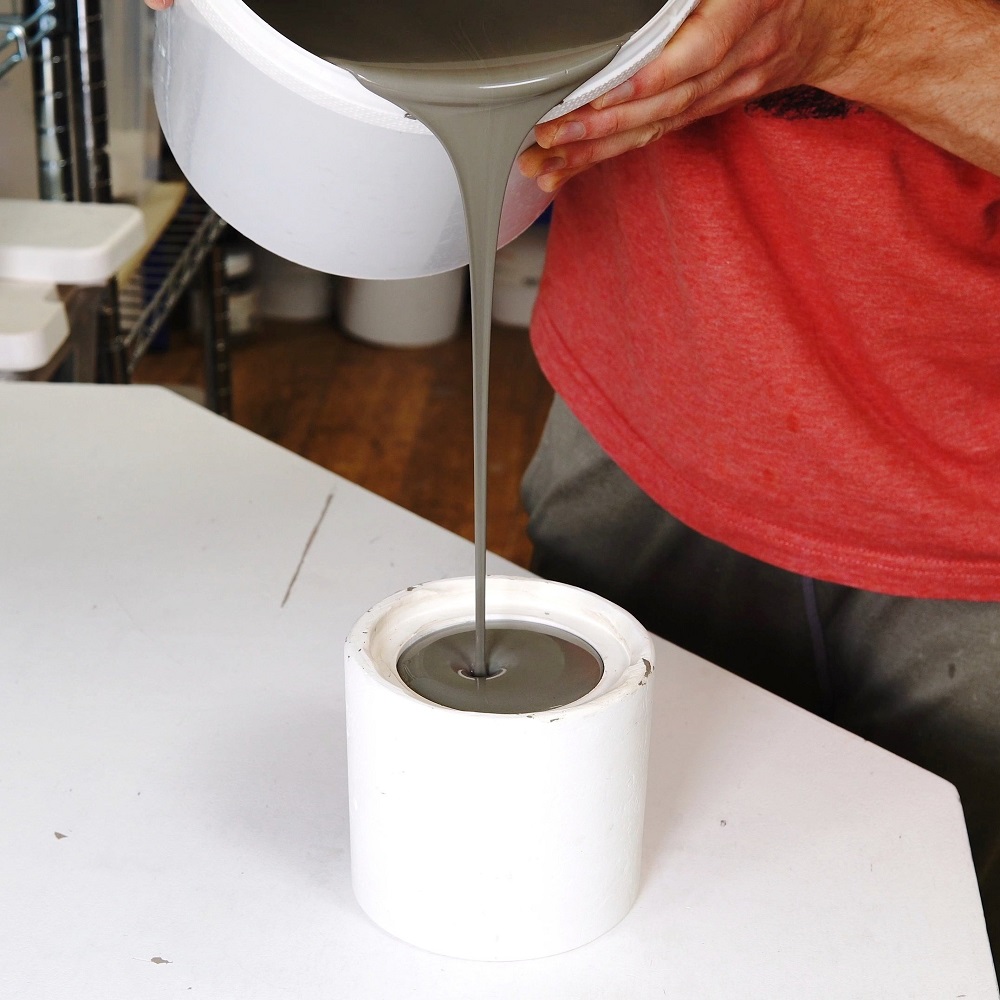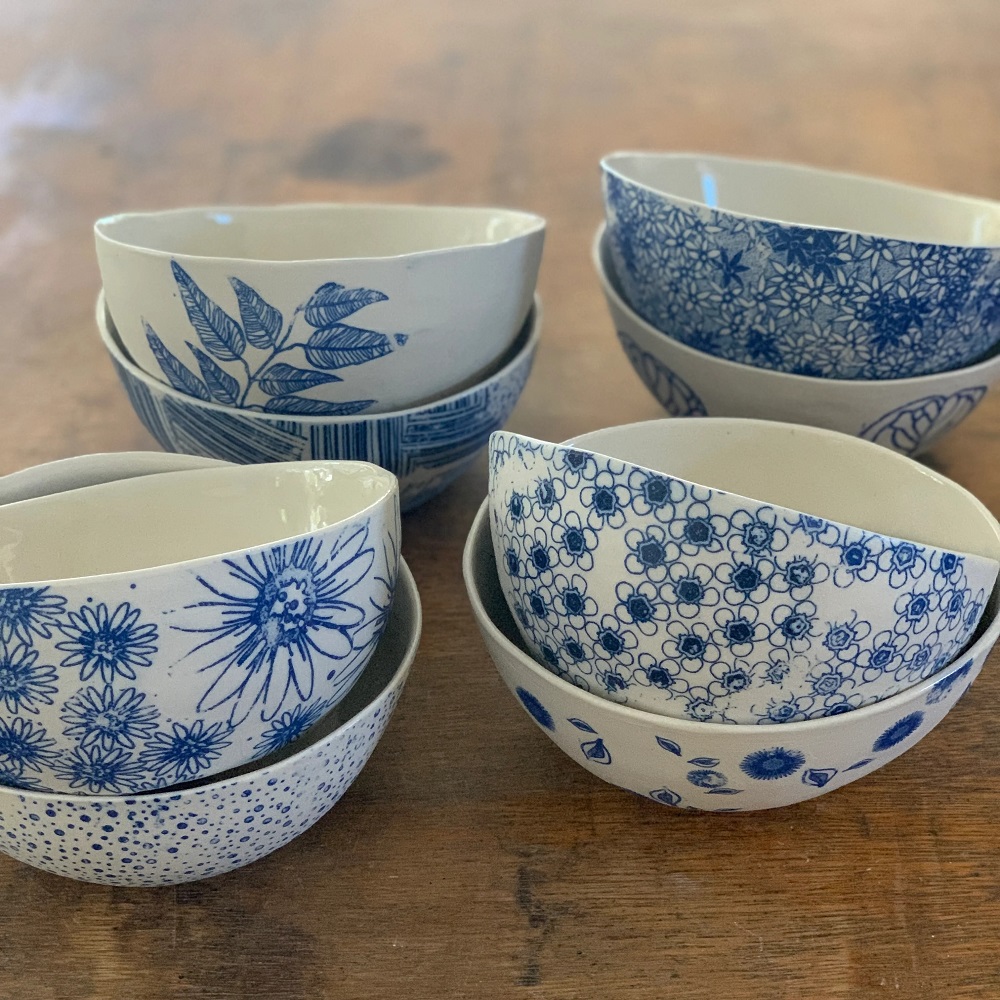Defining Ceramic Slip and Its Components
Ceramic slip plays a crucial role in the pottery and ceramics industry. It is a liquid mixture of clay and water, with varying consistencies depending on its use. Understanding what is slip in ceramics is essential for both amateur and professional ceramists.
The primary component of ceramic slip is clay. The type of clay can vary, including earthenware, stoneware, porcelain, or ball clay, each offering different qualities and results. Water is the second key ingredient, transforming the clay into a workable slurry. In certain cases, additional substances like deflocculants may be added to adjust the fluidity without altering the water content significantly.
Achieving the right consistency is vital; it determines how the slip behaves during the forming and firing processes. For example, a runnier slip is often used for casting, while a thicker consistency is suitable for techniques like slip trailing or texturing. Artisans must consider the balance between fluidity and stability to ensure the final product matches their vision.
In short, the composition of ceramic slip includes clay, water, and occasionally other additives to enhance its properties. These components come together to form a versatile material that is fundamental in creating a wide range of ceramic goods.

The Historical Significance of Slip in Ceramics
Slip has been integral to ceramic art for millennia. Its roots trace back to ancient times, where civilizations used slip in various ways. The ancient Egyptians, for instance, employed slip to decorate their earthenware. In their process, the color differences after firing would reveal intricate designs. The Greeks, renowned for their pottery, also utilized white slip to create the iconic red-figure and black-figure ceramics. These pieces today give us insights into their culture and daily life.
Slip played a role not just in aesthetics but also in functionality. Historically, slips were applied to help seal the surfaces of pots. This made them more watertight and suitable for storing liquids like wine and olive oil. It was a practical solution that evolved into an art form on its own. The process of slip application was, and still is, a testament to the ingenuity of our ancestors.
In some cultures, slip also served as a canvas for storytelling. Artists depicted legends, victories, and everyday scenes, effectively immortalizing their time in clay. These narratives captured in ceramics provide a valuable record for archaeologists and historians today.
Understanding what is slip in ceramics means recognizing its cultural importance. It’s clear that slip does more than shape and decorate pottery. It carries with it a rich history that continues to influence modern ceramic art and design.
How Slip is Used in Ceramic Art and Design
Ceramic slip is not just a foundational material; it’s a versatile tool in art and design. Artists use slip in several creative ways. One popular method is “slip casting,” where slip is poured into a plaster mold. After it sets, they remove the new ceramic shape. This technique allows for precise and complex forms not possible with hand building. Another creative use is “slip trailing.” Here, ceramists apply slip to the surface of a piece with a squeeze bottle or similar tool. This creates raised patterns and textures that add unique visual interest.
In addition, slip can also be colored with oxides or stains, providing endless possibilities for surface decoration. The different colors of slip are often layered or brushed on, enabling artists to produce detailed imagery or varied tonal effects. This colored slip is sometimes used to inlay into recessed designs carved into the clay body, a technique known as “sgraffito.”
Moreover, slip can also act as a bonding agent in “joinery.” Artists use it to attach different pieces of clay together. Once fired, the slip fuses the pieces, ensuring they stay connected. Through these methods and others, slip plays a vital role in both the form and aesthetics of ceramic art, making it an essential element for many ceramists’ expressive palette.
Creating Ceramic Slip: The Process and Techniques
Creating ceramic slip is both an art and a science. It involves precise measurements and a bit of intuition. Here’s a simplified guide to the process and techniques involved in making ceramic slip:
First, select the right type of clay. Choices often depend on the desired finish and firing temperature. You might choose earthenware for its rustic charm or porcelain for its finesse.
Next, measure the clay. You need enough to achieve the desired thickness when mixed with water. Break the clay into smaller pieces to help it dissolve faster.
Then, add water. The amount of water determines slip consistency. More water for a runny slip; less for a thick one. Use clean water to prevent impurities from affecting the mix.
After mixing water and clay, blend them until smooth. You can use a blender or mix by hand. The goal is to remove lumps, ensuring an even consistency.
Sometimes, add a deflocculant. This helps reduce water content without losing fluidity. It also prevents settling and hardening at the bottom.
Let the slip rest. This allows air bubbles to rise and pop. It is a critical step for a bubble-free final product.
Finally, sieve the slip. This removes any remaining lumps or debris. A smooth slip is crucial for a flawless finish on ceramics.
Artisans refine their techniques through trial and error. They may adjust water or clay levels or experiment with additives for the perfect slip. The process may seem straightforward, but it requires patience and practice. By mastering these techniques, ceramists can ensure that their slip is of the right consistency for their artistic or functional needs. Remember, what is slip in ceramics is not just about the final product. It’s about the craft and care that goes into every stage of its creation.

Types of Slip and Their Specific Uses in Ceramics
When exploring what is slip in ceramics, it’s key to understand the different types. Each type of slip has specific properties and uses, making it suitable for various ceramic techniques and styles.
Earthenware Slip
Earthenware slip is often used for its warm, rustic finish. Artisans favor it for traditional pottery due to its rich colors after firing. It’s perfect for handcrafted tableware and decorative items, mainly because it fires well at low temperatures.
Stoneware Slip
Stoneware slip is known for its strength and durability. It’s ideal for functional items like vases and dinnerware. These slips fire at higher temperatures, resulting in sturdy pieces that often bear a natural, stone-like appearance.
Porcelain Slip
Porcelain slip provides a refined, translucent quality. Often chosen for delicate and sophisticated pieces, it works well in slip casting to create intricate designs and fine detail. This slip fires at high temperatures, producing a smooth, glass-like surface.
Colored Slips
Colored slips bring vibrancy to ceramic artwork. By adding oxides or stains, ceramists can use them for detailed surface decoration or to inlay designs. They are used in various techniques like sgraffito, where the colored slip is carved to reveal the clay body beneath.
Engobe
Engobe is a type of slip that contains more ingredients like feldspar or silica. It is often used to coat a piece before glazing, improving the surface for better glaze adhesion. Engobes are available in many colors and can be applied to leather-hard or bisque-fired ceramics.
Understanding these types offers insight into the endless creative possibilities with ceramic slip. Each slip type requires specific handling and firing conditions to bring an artist’s vision to reality. Mastery of these slips is what defines a ceramist’s skill and influences the quality and artistic expression of the final piece.
The Science Behind Slip: Properties and Transformations
When you delve into what is slip in ceramics, you uncover a world of science. The properties and transformations of ceramic slip are key to its performance. Let’s look at the science that makes slip an indispensable material for ceramists.
Slip’s viscosity is crucial. It affects flow and thickness during application. A perfect viscosity means smooth casting and even coating. Density is another vital property. It ensures the slip doesn’t separate or settle quickly.
As slip dries, it undergoes a physical transformation. Water evaporates, causing the slip to shrink and solidify. During firing, slip undergoes chemical changes. These changes transform the slip into a permanent, hard layer that adheres to the ceramic.
Thermal expansion is another scientific aspect. Slip and the ceramic body must expand and contract at the same rate. This avoids cracks and flaws in the final product. A mismatch can lead to disaster during heating or cooling.
Lastly, slip’s chemical composition interacts with glazes. This can create unique effects during the glazing process. The way slips react to different temperatures and glazes is part of the science that ceramists must master.
Understanding these scientific properties and transformations helps artists troubleshoot issues. It allows them to manipulate slip to fit their creative vision. In ceramics, science and art blend to create beauty and functionality.

Troubleshooting Common Issues with Ceramic Slip
When working with ceramic slip, artists can encounter various issues. Understanding how to address these problems is crucial.
One common issue is the occurrence of lumps. Lumps in slip can ruin the smooth finish of ceramics. To fix this, sieving the slip can remove impurities and provide a smoother mixture. Some artisans blend the mixture multiple times to ensure consistency.
Air bubbles are another concern. They can cause imperfections in the final piece. Allowing the slip to rest and settle before use allows air bubbles to rise and pop. Pouring the slip slowly and steadily can also help reduce this problem.
Sometimes slip can be too thick or too thin. If it’s too thick, adding a bit more water and mixing can help. When slip is too thin, artists may need to add extra clay or allow some water to evaporate.
Slip that does not adhere correctly might signify an incompatible slip and clay body combination. Testing various types of slip with the clay body can determine the best match for stability and adhesion.
Cracking during drying or firing is often due to uneven drying. Ensuring even thickness and consistent drying conditions can minimize this issue. Some ceramists adjust the clay body or slip formulation to control shrinkage rates.
The art of mastering what is slip in ceramics involves both skill and knowledge. By understanding and troubleshooting these common issues, ceramists can refine their craftsmanship to create flawless ceramic works.
Innovations and Trends in Slip Application
The application of ceramic slip is experiencing continuous innovation. Current trends and techniques enhance the versatility of what is slip in ceramics. Let’s dive into some of these cutting-edge practices that are shaping the future of ceramic art.
Digital techniques are revolutionizing slip application. 3D printing, for instance, allows ceramists to design and print complex slip patterns. Artists can now create designs that were once impossible by hand. This technology leads to precise and repeatable patterns, broadening the scope for mass production while still maintaining artistry.
Another trend is the use of environmentally friendly ingredients. As sustainability becomes more critical, artists are exploring natural deflocculants and eco-conscious sourcing for clay. This shift is not just good for the planet; it also resonates with consumers who value green practices.
There’s also a rise in the use of alternative firing techniques. Low-fire techniques reduce energy consumption and offer unique aesthetic results. Raku firing, for example, uses slip in a way that results in unique glaze crackles and patterns.
Finally, ceramists are experimenting with new forms of surface decoration. Layering slips of different colors creates multi-tonal effects. Combining slips with various glazing techniques opens up a spectrum of textures and finishes.
These innovations show how dynamic ceramic slip can be. From technology to eco-consciousness, the trends in slip application are making their mark on the world of ceramics.